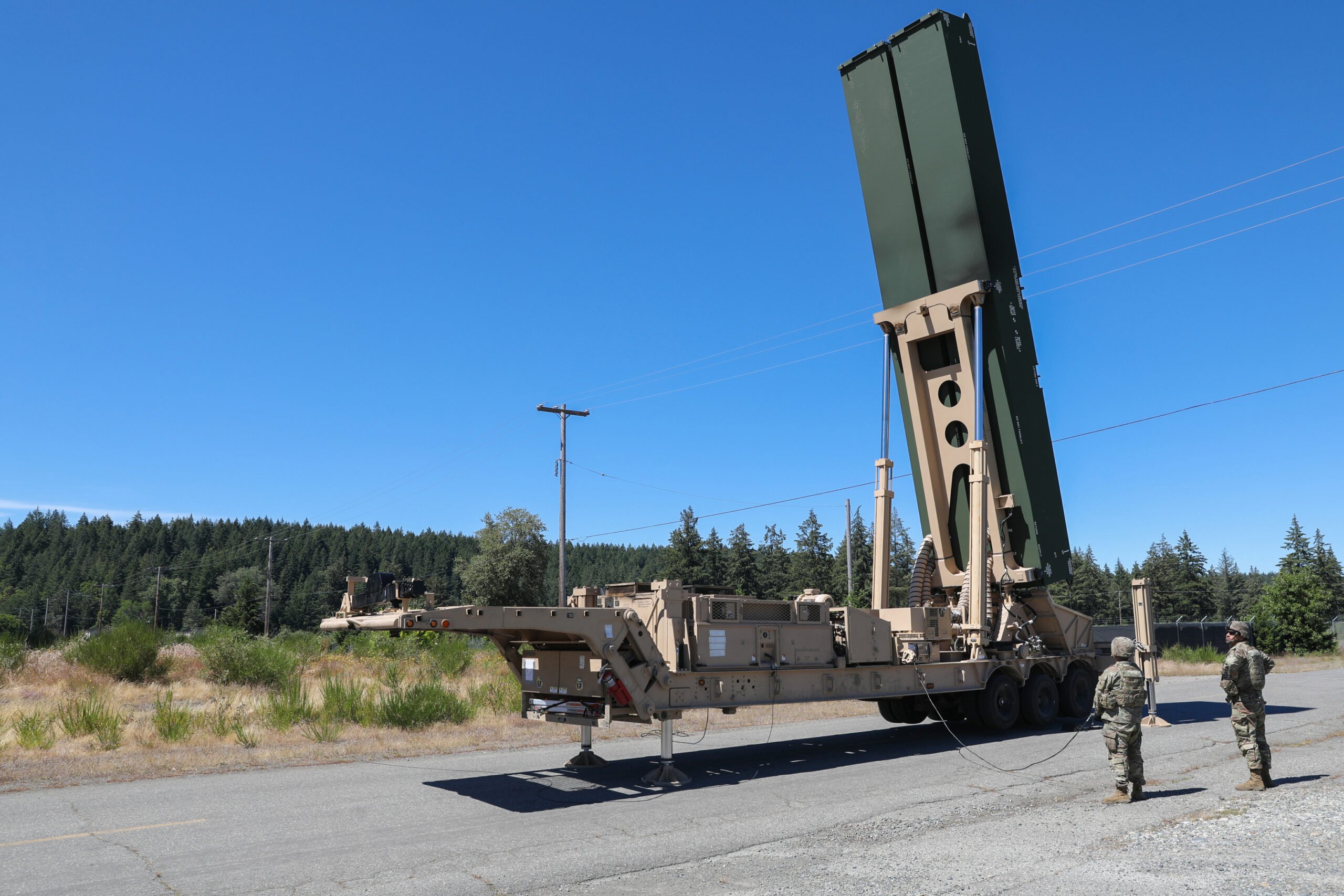With the United States still playing catch-up in the hypersonic race with Russia and China, the US Congress watchdog has flagged some key technological gaps in the US Army’s ‘Dark Eagle’ hypersonic program.
Even as the US Army’s first hypersonic weapon is reportedly nearing the completion of its final testing, the US Government Accountability Office (GAO) has suggested that programs developing hypersonic technology for the Army and other branches could gain from industry best practices.
While commending the US Army for incorporating feedback into the development of its Long-Range Hypersonic Weapon (LRHW), the GAO cautioned that the Army could use more digital engineering to accelerate deployment and reduce expenses.
In the latest update, reporters were informed by Under Secretary of the Army, Gabe Camarillo, that LRHW, a joint project with the US Navy’s Conventional Prompt Strike (CPS) hypersonic program, was scheduled for fielding, Janes reported. “We look forward to its eventual fielding,” Camarillo stated on August 8 at the Emerging Technologies Institute conference of the National Defense Industrial Association (NDIA). “It is a critical part of us fielding our multidomain task forces in the future.”
This development comes weeks after a July 2024 GAO report claimed that digital engineering was underutilized by the services as a whole, which could affect schedules and costs. For instance, the army informed the GAO that it did not intend to employ digital twin technologies.
F-16s “Sitting Ducks” For Russian MiG-31 Fighters? Putin Warns Of Consequences Over Fighting Falcons
A GAO report titled “Hypersonic Weapons: DoD Could Reduce Cost and Schedule by Following Leading Practices,” released on July 29, found that although hypersonic weapons could represent the future of technology, at least four of the six current development programs at the Pentagon were not fully utilizing modern and advanced technical methodologies.
“Years of effort and billions of dollars spent on hypersonic weapon development have yielded considerable progress, but DoD has yet to field its first operational hypersonic weapon system. Yet even fielding these prototypes will not ensure an effective or affordable capability,” GAO stated.
The report flagged that four of the six programs were not using modern development methods, such as digital twins and digital engineering.
A digital twin is a virtual model replicating a computer system’s setup, functionality, and behavior. According to GAO, this virtual model can be upgraded when new features are added. It went on to say that this and other digital engineering methods save money and time.
Additionally, the report stated that the Navy now employed these cutting-edge methods in its conventional Prompt Strike and Hypersonic Air-Launched Offensive anti-surface warfare programs.
The statement read, “Only the Long-Range Hypersonic Missile Program and the Navy’s Conventional Prompt Strike Weapon are regularly communicating with users. Direct and timely collaboration with users is essential to determining the most essential capabilities for including in the minimum viable product.”
The report may not augur well for the US Army’s Long Range Hypersonic Weapon Program, also popularly known as the Dark Eagle, which was expected to be the first-ever hypersonic weapon to be fielded by Washington.

The American Dark Eagle
Although the United States is accelerating efforts to develop hypersonic capabilities comparable to those of its rivals, Russia and China, it has yet to successfully deploy an operational hypersonic weapon. The LRHW appears to be significantly impacted, with the US Army struggling to deploy the weapon on time and displaying technological deficiencies, as highlighted by the recent GAO report.
A previous GAO report bore bad news: the US Army’s LRHW weapon was delayed. According to a report published by the Government Accountability Office on June 17, the US Army will not be able to field its first LRHW battery until fiscal 2025 due to issues with the launcher and launch sequence of the new Long Range Hypersonic Weapon System.
The LRHW is an intermediate-range missile launched from a trailer. Its predicted range is more than 1,700 miles. The device aims to reach a remarkably high speed of Mach 17, or 3.6 miles per second, which is considered “hypersonic.”
"Long Range #Hypersonic Weapon #LRHW officials stated that the next end-to-end flight test would not occur until the Q4 FY24..Once a successful flight test is achieved, first production missile will be delivered within 6 wks & first battery of 8 missiles within 11 months" ~ GAO pic.twitter.com/WnXMoEZIsW
— AirPower 2.0 (MIL_STD) (@AirPowerNEW1) June 17, 2024
The watchdog noted that even with a successful launch, the service could encounter problems, indicating that further delays might occur. Service officials told the GAO that there could be more program delays due to concerns regarding missile performance during flight testing.
The gaps in the program are noteworthy since the US Army’s hypersonic program has been beset with controversies and delays for a while. In September 2023, the Army acknowledged that it would not meet its original goal of fielding the first battery by the end of the fiscal year 2023.
Since 2021, the LRHW has experienced several test failures, some of which have been attributed to missile malfunctions. According to the GAO, two tests in 2023 were canceled due to problems with the launcher and launch sequence.
Even though China and Russia have several hypersonic weapons, technological obstacles prevent the US from realizing its objective of possessing hypersonic weapons.
For instance, the US Air Force (USAF) had to officially cancel the AGM-183A Air-launched Rapid Response Weapon (ARRW) program after a spate of unsuccessful tests. The USAF has placed significant emphasis on developing the Hypersonic Attack Cruise Missile (HACM), yet the weapon is far from deployment.
Nonetheless, the LRHW has become a poster child of the US hypersonic program. In June, a U.S. Army unit assigned to the Indo-Pacific region and trained to combat anti-access area denial networks launched its first hypersonic missiles during a Navy-hosted exercise.

On June 25 and 27, the Bravo Battery of the unit’s Long-Range Fires Battalion showcased their ability to integrate and enhance the kill chain using the Dark Eagle or the Long-Range Hypersonic Weapon.
Moreover, the US Army awarded Lockheed Martin a $756 million contract to enhance the capabilities of the LRHW, the country’s ground-based hypersonic weapon system.
The US must resolve the technological problems and quickly implement a weapon, particularly in light of the growing threat posed by enemies (including state and non-state entities). Concerns are growing regarding the slow pace of research on hypersonic weapons, particularly in light of the significant advancements achieved by rival nations.
- Contact the author at sakshi.tiwari9555 (at) gmail.com
- Follow EurAsian Times on Google News




